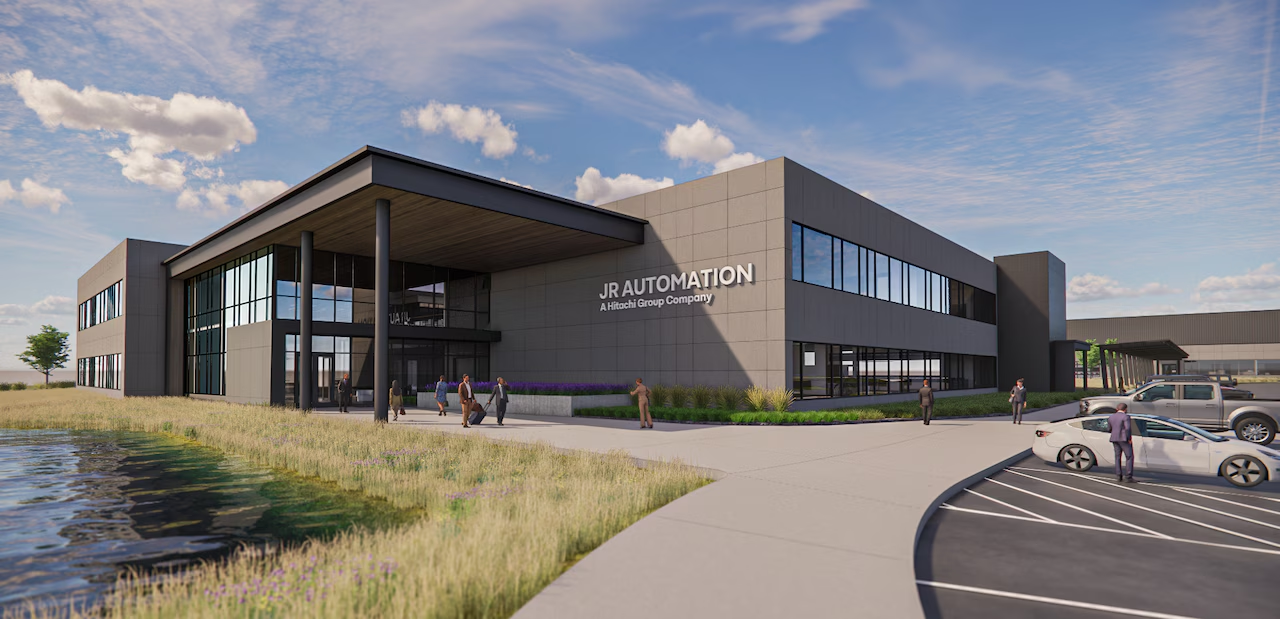SILVER PEAK, Nevada – Salty water gurgles quietly through a pipe across a dry lakebed and into a Caribbean-blue pond. It’s carrying an element that is crucial to the electric car revolution and, suddenly, one of the world’s hottest commodities: lithium.
Silver Peak, halfway between Reno and Las Vegas, may not resemble most people’s mental image of a mine. But for decades it’s been the sole domestic producer of lithium in the United States. Now the small mine is in the process of doubling its output, and facing new rivals, as part of a massive global phenomenon that’s reshaping multiple industries.
Demand for electric cars is soaring and, in turn, straining supplies of lithium, which is used in the vehicles’ massive batteries. Proposals for new mines abound, accompanied by controversies. One proposed site threatens the only habitat of a rare Nevadan wildflower, for example, while another has outraged both indigenous groups and ranchers. But new mines aren’t the only way to get more lithium. And they’re certainly not the fastest.
For the next three to five years, the world will largely be relying on already-operating mines to scale up as fast as they can, says Susan Zou, an energy metals analyst with Rystad Energy.
“Actually, in the past six months, we have been already quite surprised to see how fast those existing projects have responded to the lithium price hikes,” she says.
Silver Peak shows that the race to produce more lithium isn’t just happening in the future, through battles over proposed mines. It’s well underway.






